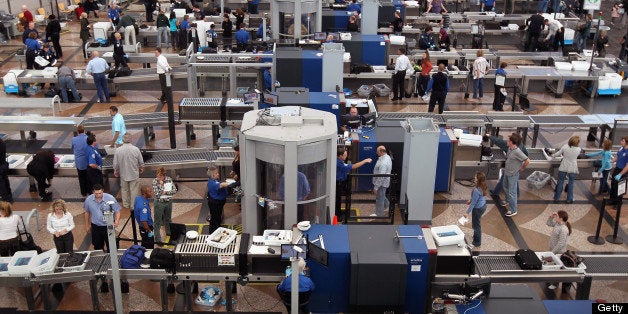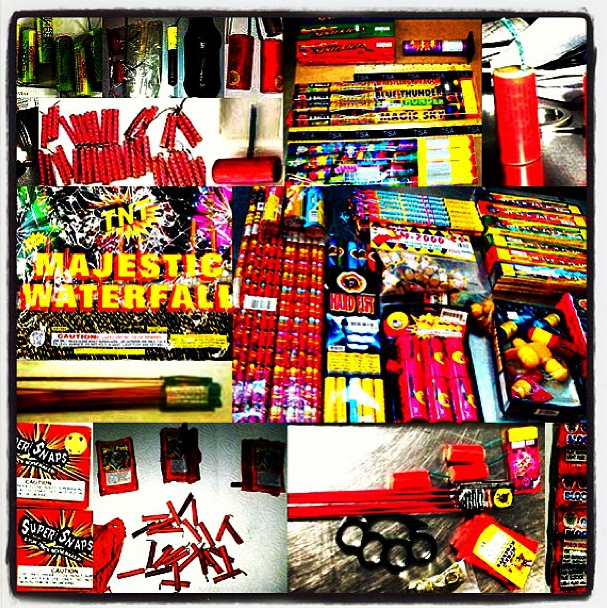
Gone are the days of strategically choosing a security line at the airport. TSA is now planning to use electronic 'randomizers' to randomly route passengers to a conveyor belt.
Aside from the obvious motive of creating a bias-free way of assigning passengers to lines, the randomizer would eliminate the option for potential terrorists to choose which line to go through based on the explosive detection devices or screening procedures. Last year, TSA officers at Boston's Logan Airport said that their colleagues were racially profiling passengers in response to pressure from managers.
TSA has issued a Request for Information (RFI) to prospective vendors who could procure such devices.
In a statement to Today in the Sky on its motivation for the randomizers, TSA said that it "employs a multilayer approach to security, utilizing measures that are both seen and unseen, and will always incorporate random and unpredictable security measures."
This device would allow TSA to control the security lines without the worry of profiling or selecting passengers based on physical appearance. The RFI spells out the very specific and necessary characteristics of the randomizer that would ensure its success. For example, it notes that “the system shall display user defined percentage ratios only when the ratios are being configured,” allowing the TSA to be in control of the ratio of passengers assigned to each line.
As for the actual randomizer device, it must be visible to both the passenger and the document checker, but we shouldn't be expecting an obtrusive piece of machinery. The RFI states, "smaller is better."
